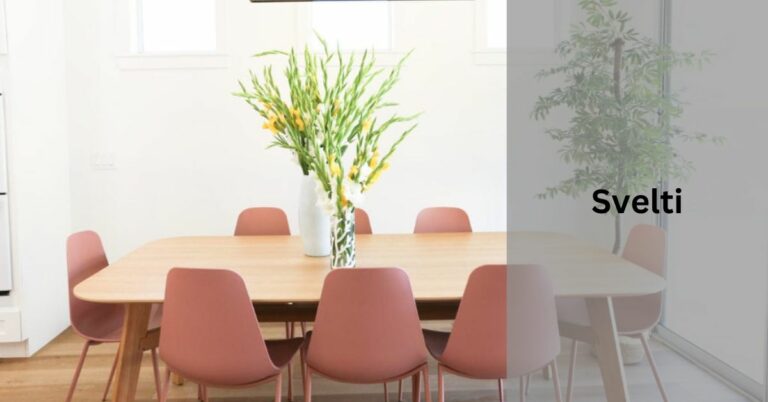tiny zone – The Ultimate Guide!
Tiny Zone is a concept that has gained significant popularity in recent years, especially in the realm of urban planning and architecture. The term refers to small, compact areas within a larger space that are designed to serve specific functions efficiently. These zones are characterized by their optimized use of space and resources, making them ideal for a variety of purposes. In this article, we will delve into the intricacies of Tiny Zones, exploring their benefits, applications, and impact on the built environment.
Benefits of Tiny Zones
Tiny Zones offer a range of benefits that make them a valuable addition to any urban setting. Firstly, their compact size allows for efficient use of space, making them ideal for densely populated areas where land is scarce.
Additionally, Tiny Zones promote sustainability by minimizing resource consumption and reducing waste. Their small footprint also encourages walkability and promotes a sense of community among residents.
Applications of Tiny Zones
Tiny Zones can be utilized in various contexts, from residential neighborhoods to commercial districts. In residential areas, Tiny Zones can serve as communal spaces for residents to gather and socialize. In commercial settings, they can be used for pop-up shops, food stalls, or outdoor seating areas.
Tiny Zones are also popular in public parks and recreational areas, providing visitors with designated spaces for relaxation and leisure activities.
Read: Vorici Calculator ~ A Comprehensive Guide!
Design Principles of Tiny Zones
The design of Tiny Zones is guided by several key principles that ensure their functionality and aesthetic appeal. These include maximizing space efficiency, incorporating green elements such as plants and trees, and creating a sense of enclosure through strategic placement of structures.
Lighting, seating, and signage are also important considerations in the design of Tiny Zones, enhancing their usability and visual impact.
Impact of Tiny Zones on the Built Environment
Tiny Zones have a significant impact on the built environment, influencing the way people interact with and perceive urban spaces. By creating small, intimate settings within larger areas, Tiny Zones enhance the overall quality of the built environment and contribute to a sense of place.
They also promote creativity and innovation in urban design, inspiring architects and planners to think outside the box when designing public spaces.
Read: Ben 10 Sultry Summer ~ Exploring the Adventures of Ben Tennyson!
Challenges in Implementing Tiny Zones
While Tiny Zones offer numerous benefits, they also present challenges in terms of planning and implementation. One of the main challenges is securing adequate funding and resources for the development of Tiny Zones, as they often require specialized design and construction techniques.
Additionally, zoning regulations and land use policies may need to be revised to accommodate the creation of Tiny Zones within existing urban frameworks.
Future Trends in Tiny Zone Development
The future of Tiny Zones looks promising, with a growing interest in compact, sustainable urban design. As cities continue to grapple with issues such as population growth and climate change, Tiny Zones offer a viable solution for creating vibrant, livable spaces within limited land areas.
Innovations in technology and materials are also driving the evolution of Tiny Zone design, enabling architects and planners to push the boundaries of what is possible in urban development.
Read: Calcsd! – Everything You Need To Know
FAQs
1. What are the key features of a Tiny Zone?
A Tiny Zone is characterized by its small size, efficient use of space, and specific function. These zones are designed to maximize usability and minimize environmental impact, making them ideal for a variety of purposes.
2. How can Tiny Zones benefit urban communities?
Tiny Zones promote sustainability, encourage social interaction, and enhance the overall quality of urban spaces. By creating small, well-designed areas within larger environments, Tiny Zones contribute to a sense of place and improve the livability of urban communities.
3. What are some examples of successful Tiny Zone projects?
Successful Tiny Zone projects include pocket parks, community gardens, and outdoor seating areas in urban settings. These projects demonstrate the potential of Tiny Zones to transform underutilized spaces into vibrant, functional areas that benefit residents and visitors alike.
4. How can Tiny Zones be integrated into existing urban infrastructure?
Integrating Tiny Zones into existing urban infrastructure requires careful planning and collaboration between stakeholders. By identifying suitable locations, securing funding, and engaging with the community, Tiny Zones can be seamlessly integrated into the fabric of a city, enhancing its overall appeal and functionality.
5. What role do Tiny Zones play in sustainable urban development?
Tiny Zones play a crucial role in sustainable urban development by promoting resource efficiency, reducing carbon footprint, and fostering community engagement. These zones offer a model for compact, environmentally friendly design that can be replicated.
Conclusion:
The concept of “tiny zone” underscores the importance of creating small, manageable spaces for focused attention and productivity. By cultivating these micro-environments, individuals can enhance concentration and efficiency in their daily tasks, ultimately leading to greater overall satisfaction and success.
Read more:







